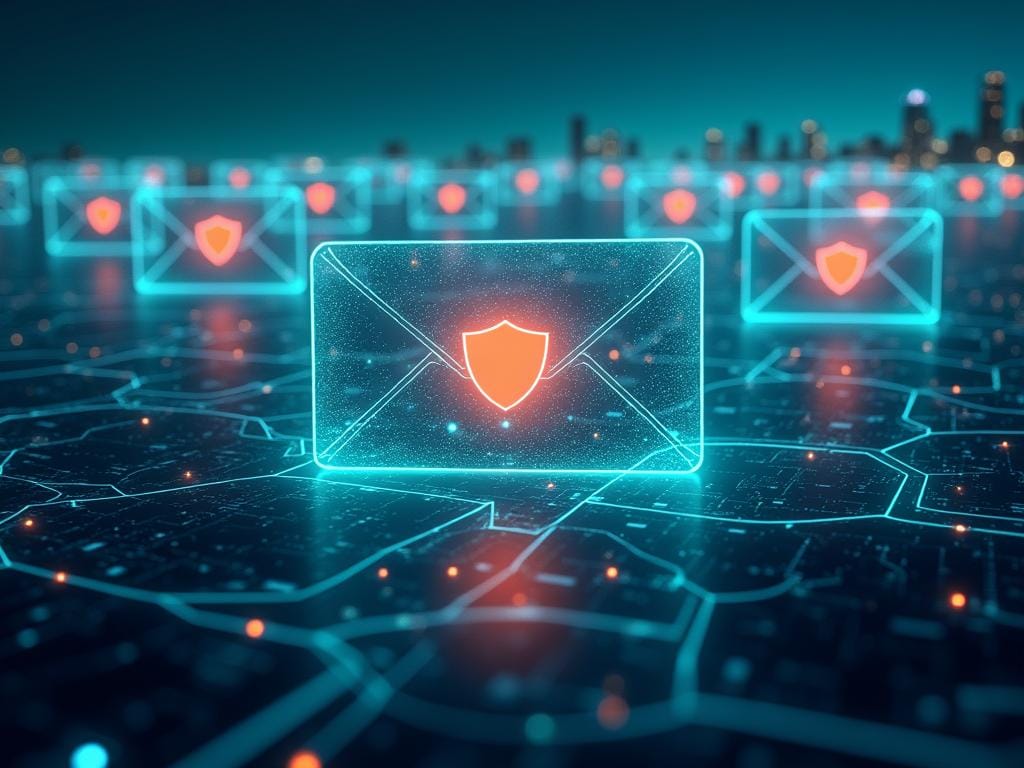Tired of Spam Mails? Try These Two Simple Rules
Struggling with spam in your inbox? Discover how to enhance your email security with DIY solutions like DKIM and SPF verification checks. These rules help confirm the authenticity of emails, reducing unwanted spam while keeping your important messages safe. Check out our simple setup guide and es...

If you are like me and have multiple email accounts and also use public email providers such as Hotmail, you are probably familiar with this problem: you have set your settings to the highest spam detection level, but you still get more spam in some parts of the year and less in others.
I experimented with a lot of settings and eventually came to the conclusion that Email filters could really help.
Please note that there are certainly third-party plugins and applications that can do the job, but if you want to share your inbox with more than one provider, then you need a (simple) DIY solution.
In this short blog I will show you two simple rules, DKIM and SPF verification checks you can add (of course you can adapt them to your needs and take into account safe senders etc.) that can tighten the spam check and keep your mail safer.
Why These Rules Matter
Think of email like physical mail. Anyone can write any return address on an envelope, but that doesn't mean they actually sent it from there. DKIM and SPF work like a post office's mail verification system - they help confirm an email truly came from where it claims to come from. When these checks fail, it's often (but not always) a sign something's fishy.
Setting Up the Rules
To add these rules in Hotmail/Outlook:
- Go to Settings > View all Outlook settings
- Select Mail > Rules
- Click "Add new rule"
Rule 1: DKIM Check
- Name: "DKIM Failed Check"
- Condition: Message header includes "dkim=none"
- Action: Move to Spam
Rule 2: SPF Check
- Name: "SPF Failed Check"
- Condition: Message header includes "spf=softfail"
- Action: Move to Spam
False Positives
These rules aren't perfect. Sometimes legitimate emails fail these checks for technical reasons. That's why it's crucial to check your spam folder regularly, ideally daily or at least before your email provider automatically empties it (usually every 30 days for Hotmail).
A few more Tips
- Whitelist important senders who might fail these checks
- Combine with other rules (suspicious URLs, encoded text) for better accuracy
- Check spam folder before auto-deletion
- Never ignore security alerts from legitimate services
Wrap-Up
While these rules won't catch every phishing attempt, they add an extra layer of security to your email. Combined with common sense and regular spam folder checks, they can help keep your inbox - and your personal information - safer.




Comments ()